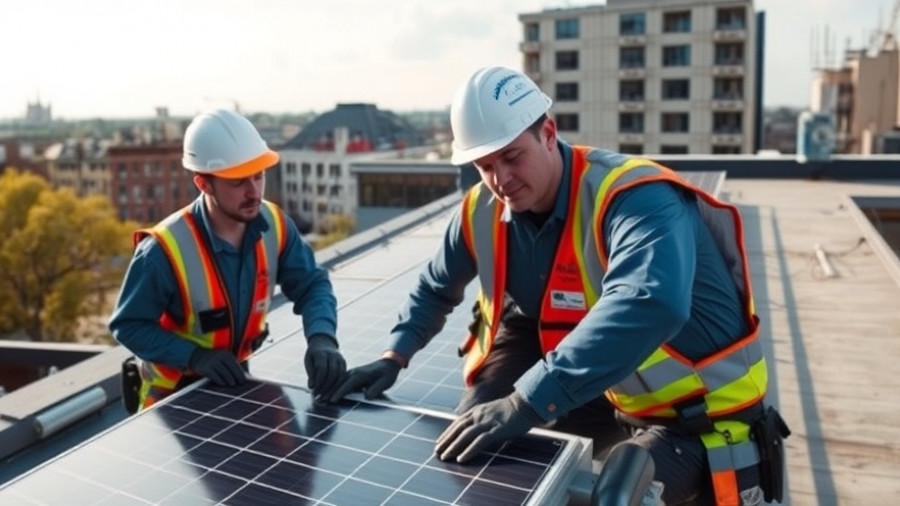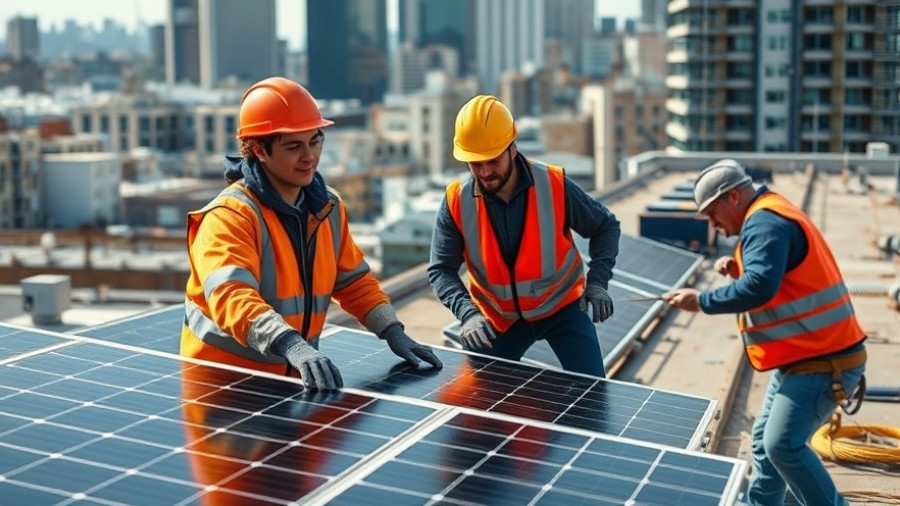
Understanding Grid Congestion: The Invisible Hurdle to Sustainability
In recent years, the transition to sustainable energy sources has gained undeniable momentum. More homes and businesses are investing in solar panels, heat pumps, and electric vehicles, but this shift comes with an increasing challenge: grid congestion. Essentially, grid congestion occurs when electrical networks reach their capacity and cannot accommodate additional connections or manage excess generated electricity. As the world moves towards a sustainable future, understanding the implications of grid congestion is more critical than ever.
The Strain On Aged Infrastructure
The Dutch electrical grid was designed several decades ago, primarily focused on centralized power generation from fossil fuels, like coal. However, the paradigm has shifted; we are now seeing a swift rise in decentralized power generation, where homes and businesses contribute energy back into the grid. As people opt for electric stoves, heat pumps, and charging stations for their electric vehicles, the strain on the current grid has intensified. The issue becomes clear: the existing electrical infrastructure is ill-equipped to handle the rapid increase in demand and supply fluctuations.
How Grid Congestion Affects You
The consequences of grid congestion are not just technical issues; they manifest in operational delays for businesses and hindered investments. Companies looking to upgrade systems or build new facilities face waiting lists for grid connections, which stifles their ability to modernize and become more sustainable. For instance, as reported in recent studies, more than 11,900 companies are currently facing delays due to capacity shortages in the Dutch electricity network.
Innovative Solutions On The Horizon
Addressing grid congestion requires a multifaceted approach, combining technology, policy, and community engagement. Energy storage solutions, such as batteries, are emerging as vital tools to balance supply and demand effectively. For instance, companies like AlphaESS provide integrated energy storage systems that help mitigate the pressure on the grid by storing surplus energy during off-peak hours and discharging it during peak consumption times. This not only enhances reliability but also offers financial benefits for consumers and businesses.
Beyond Technology: The Human Factor
While implementing technological solutions is essential, fostering community collaboration is just as important. Local energy communities can help synchronize energy consumption and generation within neighborhoods. By working together, residents can minimize peak demand pressures on the grid and ensure that sustainability initiatives remain viable.
Steps Forward: Collaboration is Key
Transforming the current energy grid into a future-ready system is a shared responsibility that calls for collaboration among grid operators, policymakers, businesses, and consumers. Action is required at all levels to create a resilient energy network capable of supporting an ambitious energy transition. Additionally, measures like time-dependent tariffs incentivizing energy use during off-peak hours can reward consumers and promote more sustainable usage practices.
Conclusion: Turning Challenges into Opportunities
Grid congestion highlights the urgent need for innovative thinking in addressing energy supply and demand mismatches. By embracing energy storage technologies and engaging communities in the transition, we can turn obstacles into stepping stones toward a sustainable future. As you move forward, consider how your choices align with the broader energy landscape and explore ways to participate in this vital transition.
Are you ready to contribute to the energy transition while navigating the challenges? Subscribe to our newsletter to stay informed and be part of the movement!
 Rij toevoegen
Rij toevoegen






Write A Comment